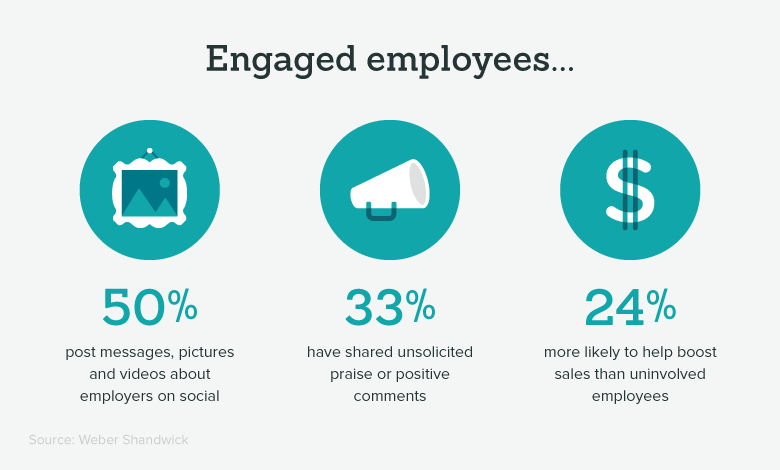Photo by Luca Bravo on Unsplash
By Catherine Adenle
Recognise any of the 12 ways you demonstrate disengagement at work. Check the Infographic in this article. Are you a workplace Zombie without realizing it? Believe it or not, you are not in the minority regarding disengagement at work.
Unfortunately, an epidemic of employee disengagement is raging in most organizations. In the most recent “State of the American Workplace” report, Gallup Research found that 70 per cent of U.S. workers were either not engaged or were actively disengaged at work. However, there are some debates over the validity of this result. Still, we do know via various research that creating an engaged workplace leads directly to higher brand reputation, productivity, profitability, increased customer ratings, high retention of top talent and reduction in turnover.
There is a growing number of employee engagement surveys and tools on the Internet for a reason. However, organizations aren’t usually focusing on what really matters and can deliver lasting results for them. Knowing the basics of how to inspire a workforce and reward their efforts, as well as have a way to measure the consequences of an organization’s actions, and commit to making engagement continuous and not just a thing they do once a year, but part of who they are as a company is what is required.
Before we discuss the ways you as an employee demonstrate disengagement at work, let’s highlight how an organization can raise employee engagement to avoid employees demonstrating zombie-like behaviours.
10 ways an organization can raise employee engagement
Companies can increase employee’ engagement by constantly doing these 10 things:
As an employee, while you read these 10 ways an organization can raise employees’ engagement with glee and pleasure, you need to know that you are also responsible for your engagement at work. Why? Engaged employees stand out because they’re relatively rare. Gallup finds only 30% of all U.S. employees — and a mere 13% of workers worldwide — are engaged in their jobs.
See 8 Results-Driven Reasons You Need Employee Engagement
You are responsible for your level of engagement as an employee
You, your organization, leaders, managers, and teams all have a hand in supporting engagement at your workplace. Your engagement at work is the degree to which you as an employee are involved in and enthusiastic about your work and workplace. Gallup measures this with its Q12 employee engagement survey. The Q12 survey items are written from a first-person perspective — “I know what’s expected of me …” and “I have the materials and equipment I need.” This reflects the highly personal nature of engagement to you. Ultimately, the survey reveals whether you, as an employee, feel that your work meets your emotional needs.
See 11 Proven Ways to Demonstrate Your Value at Work
As an employee, you are a workplace Zombie if you are disengaged and not offering more of your capability and potential at work. If your approach results in you doing the barest minimum of a workday, you demonstrate acute disengagement.
Your lack of commitment to your organization’s goals and values demonstrates disengagement. If your motivation to contribute to your organization’s success is not there, this is a reliable barometer for disengagement.
12 Ways You Demonstrate Disengagement at Work
You demonstrate disengagement at work if:
There is ample evidence to suggest that happy employees produce happy results at work. If you demonstrate disengagement at work, the onus is on you to find out why.
If the cause is your current workplace, change your employer, especially if most of your colleagues are disengaged. If the problem is you, find out why and make changes to keep your job. Being disengaged at work is not suitable for you or your organisation.
See Employees Are Responsible for Their Engagement Too
Infographic: 12 Ways You Demonstrate Disengagement at Work
Now that you know the 12 ways you demonstrate disengagement at work, it is essential that you also know some of the things that engaged employees do at work. Employees engaged at work get up in the morning and think, “I love my job, the company I work for, my team and the value we add to society. I’m going to work and know what’s expected of me today.” These employees understand their role in an organization and how it contributes to the company’s overall strategy. They are always energized about their work’s purpose and objectives. They always feel part of a team, focused on clear goals, and trusted and empowered.
 Now that you have explored these 12 ways you demonstrate disengagement at work, what can you add or discuss? Let’s hear from you, leave your comments below.
Now that you have explored these 12 ways you demonstrate disengagement at work, what can you add or discuss? Let’s hear from you, leave your comments below.
This site uses Akismet to reduce spam. Learn how your comment data is processed.

Great article. I like how it addresses both employer and employees. Engagement is a major issue in all organizations. How do we get people interested in their organizations’ strategy and how do companies maintain high level of engagement?
Thank you for your comment, Jenny. Getting employees interested in your strategy as an organization involves communication, practical exercises regarding how their roles align or help your organization’s strategy. Getting them to see the value they add to the organization through the meaningful and challenging work that they do daily makes them feel like an important member of the organization. Of course, rewarding employees is also a tangible part of this.